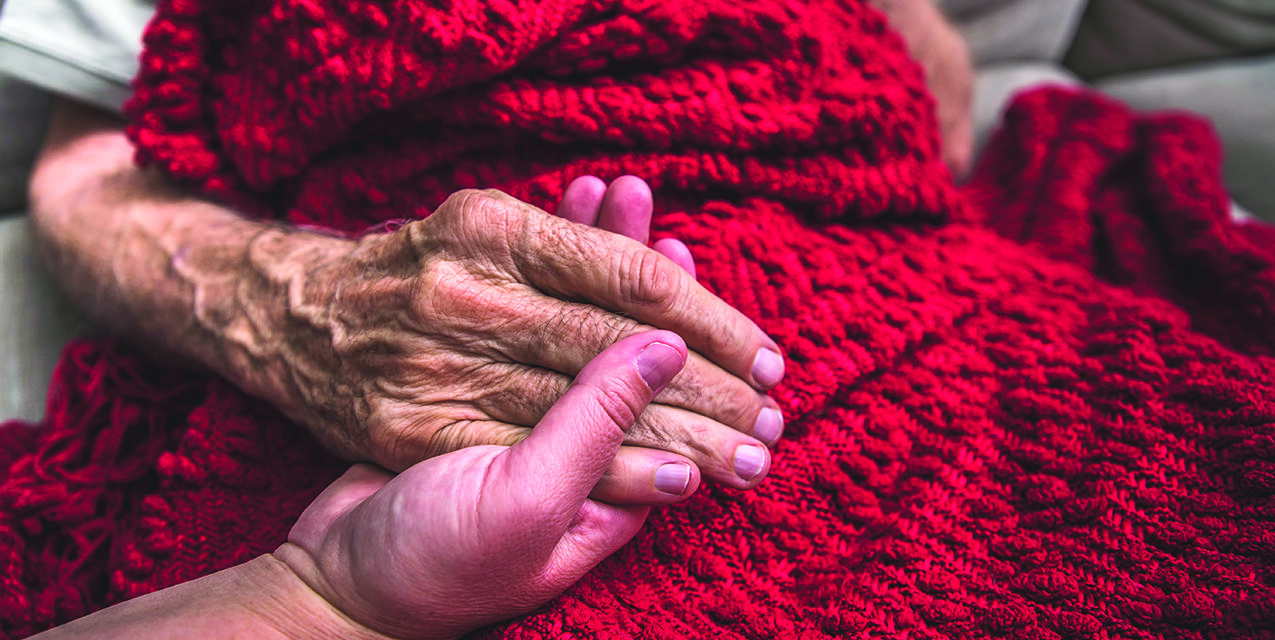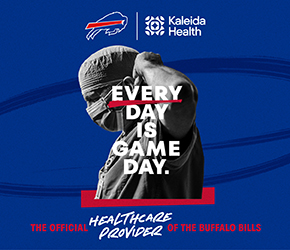Signs That It Might Be Time for Hospice Care

Talking about death is never easy, especially when a loved one faces a terminal illness. Hospice care can provide support when a relative or close friend is going through a serious health crisis. However, people may not always know when it’s the right time to consider hospice care.
According to the Hospice Foundation of America, end-of-life experiences differ. There is no set path when someone is nearing the end of their life, which can be affected by illness and medications they are taking. Still, there are common signs and symptoms that often suggest the end may be close. Hospice care is recommended when it seems that a patient has six months or less to live and the illness can no longer be cured, according to the health organization Amedisys. However, hospice care is not a death sentence; a person can be removed from hospice if they show signs of improvement.
The following signs may suggest it is time to consult a medical provider about hospice.
Curative treatments should be discontinued.
In some cases, treatments for terminal illnesses no longer improve symptoms or quality of life, and some may even worsen a person’s condition. The time may come when a patient no longer wishes aggressive interventions. A doctor might also determine that treatments are no longer appropriate.
Communication and activity levels decrease.
A loved one might sleep for long stretches and resist moving around. They may be reluctant or lack enthusiasm for talking or socializing.
An increase in doctor or hospital visits.
Multiple visits to the hospital or doctor over the past few months can be a key sign of declining health. Symptoms may also become more difficult to manage, with the individual struggling to handle daily activities without help.
Pain, confusion, and restlessness become more noticeable.
Often, adults nearing the end of life may become agitated, confused, or even angry and aggressive. This could be due to a lack of awareness of what’s happening to them or because of pain, according to Lake Superior Hospice. Some might even have false beliefs or hallucinations. Signs like these may indicate that the end is near.
Appetite and thirst decrease.
The person may no longer feel hungry or thirsty and might even refuse food. Their physical functions slow down, and interest in eating and drinking can lessen. Food and drinks should not be forced, especially if they are having difficulty swallowing.
Changes in bladder and bowel control happen.
Some people lose their ability to control their bowels or bladder as their illness progresses. Others might become constipated from not eating or drinking enough. Hospice care can provide solutions to help manage comfort during these times.
Skin changes become noticeable.
The skin may develop blotchy areas or change color, and open wounds can appear rapidly as the skin starts to fail along with other organs.
Many believe hospice is only needed in a person’s final days, but in reality, hospice can offer comfort, pain relief, and support during the last several months of life.











